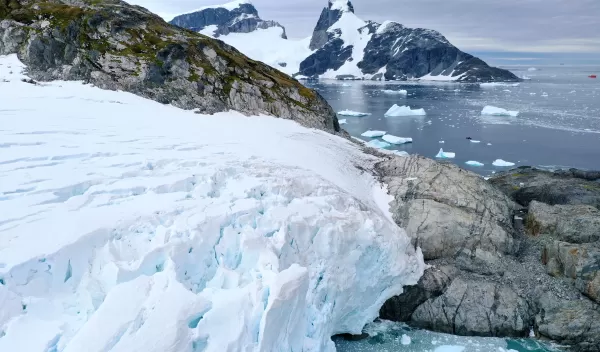
Kill dates of black mosses are archives of Antarctic glacier history
Mosses, one of the few types of plants living in Antarctica, have a tenuous existence, threatened by advancing glaciers. When glaciers move, they can entomb or cover a plant — starving it of light and warmth. Scientists have discovered that the timing of when a glacier killed a moss, the kill date, provides an archive of glacier history.
The date the plant died coincides with the time the glacier advanced over that location. As glaciers recede, the previously entombed mosses are exposed, now dead and black.
In U.S. National Science Foundation-supported research published in the Geological Society of America journal Geology, Dulcinea Groff of the University of Wyoming and colleagues determined kill dates by using radiocarbon dating of previously ice-entombed, dead black mosses to reveal that glaciers advanced during three distinct phases in the northern Antarctic Peninsula over the past 1,500 years.
"What's so valuable about these kill dates compared to other records [such as the ages of glacial erratics or penguin remains] is their accuracy," says Groff. They provide a clear picture of climate history.
"This study is important because it allows for a better understanding of climate history and the timing of glacier advance and retreat in the past by the novel application of precisely dating entombed mosses," says Michael Jackson of NSF's Office of Polar Programs.
Groff and colleagues collected black mosses around the northern Antarctic Peninsula by exploring the edges of glaciers at several locations. Then, by radiocarbon dating the mosses, they determined the phases of glacier advance. The finding is evidence for phases of cooler and potentially wetter conditions than today.
On Anvers Island, they learned that the last time the glacier was at its 2019 position was about 850 years ago. "We found that the glacier front with the fastest advance also had the fastest retreat, suggesting that hotspots of rapid coastal glacier dynamics occur in the Antarctic Peninsula," says Groff.
